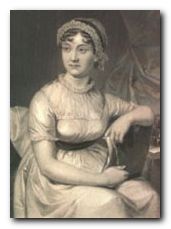 David Cecil, A Portrait of Jane Austen, London: Constable, 1978.
David Cecil, A Portrait of Jane Austen, London: Constable, 1978.
R.W. Chapman (ed) Jane Austen’s Letters to her Sister Cassandra and Others, (2nd edn) London 1952, repr. 1979.
R.W. Chapman, Jane Austen: Facts and Problems, Oxford 1948, repr. 1970.
Edward Copeland (ed), The Cambridge Companion to Jane Austen, Cambridge University Press, 1997.
John Halperin, The Life of Jane Austen, Baltimore and London, 1984.
Claire Harman, Jane’s Fame: How Jane Austen Conquered the World, Cannongate Books, 2010.
Park Honan, Jane Austen: her life, London: Weidenfeld and Nicolson, 1987.
Elizabeth Jenkins, Jane Austen: a Biography, London: Gollancz, 1949.
Marghanita Laski, Jane Austen, London: Thames and Hudson, 1975.
Deirdre le Fay, Jane Austen’s Letters, Oxford University Press, 1997.
Valerie Grosvenor Myer, Obstinate Heart: Jane Austen – A Biography, Michael O’Mara Books, 1997.
Catherine Reef, Jane Austen: A Life Revealed, Houghton Mifflin, 2011.
Jon Spence, Becoming Jane Austen, Hambledon Continuum, 2007.
George Holbert Tucker, A Goodly Heritage: A History of Jane Austen’s Family, Manchester, 1983.
Claire Tomalin, Jane Austen: A Life, Penguin, 2003.
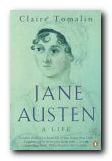 Jane Austen: a Life is a biography which traces Jane Austen’s progress through a difficult childhood, an unhappy love affair, her experiences as a poor relation and her decision to reject a marriage that would solve all her problems – except that of continuing as a writer. Both the woman and the novels are radically reassessed in this biography. Her life was superficially uneventful, but Claire Tomalin brings out the flesh and blood woman who lies behind the cool, ironic prose.
Jane Austen: a Life is a biography which traces Jane Austen’s progress through a difficult childhood, an unhappy love affair, her experiences as a poor relation and her decision to reject a marriage that would solve all her problems – except that of continuing as a writer. Both the woman and the novels are radically reassessed in this biography. Her life was superficially uneventful, but Claire Tomalin brings out the flesh and blood woman who lies behind the cool, ironic prose.
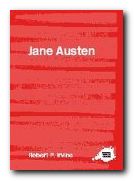 The Complete Critical Guide to Jane Austen is a good introduction to Austen criticism and commentary. It includes a potted biography, an outline of the novels, and pointers towards the main critical writings – from Walter Scott to critics of the present day. It also includes a thorough bibliography which covers biography, criticism in books and articles, plus pointers towards specialist journals. It also has an interesting chapter discussing Austen on the screen. These guides are very popular.
The Complete Critical Guide to Jane Austen is a good introduction to Austen criticism and commentary. It includes a potted biography, an outline of the novels, and pointers towards the main critical writings – from Walter Scott to critics of the present day. It also includes a thorough bibliography which covers biography, criticism in books and articles, plus pointers towards specialist journals. It also has an interesting chapter discussing Austen on the screen. These guides are very popular.
© Roy Johnson 2009
Jane Austen web links
Jane Austen greatest works
Jane Austen biographical studies
Jane Austen life and works
Jane Austen literary criticism
 Pride and Prejudice
Pride and Prejudice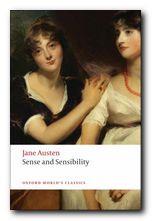 Sense and Sensibility
Sense and Sensibility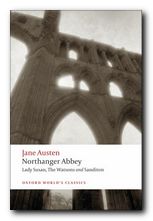 Northanger Abbey
Northanger Abbey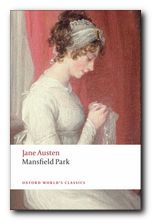 Mansfield Park
Mansfield Park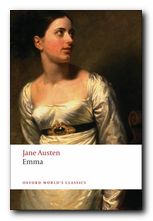 Emma
Emma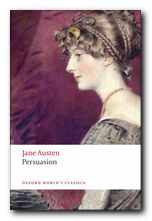 Persuasion
Persuasion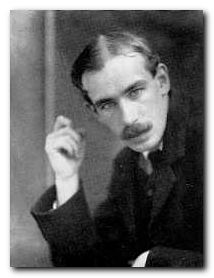 John Maynard Keynes (pronounced “Kaynz”) was one the most important figures in the history of economics. He revolutionized the subject with his classic study, The General Theory of Employment, Interest and Money (1936). This is generally regarded as one of the most influential social science treatises of the twentieth century. It quickly and permanently changed the way the world looked at the economy and the role of government in society. He was born in 1883 in Cambridge into an academic family. His father, John Nevile Keynes, was a lecturer at the University of Cambridge teaching logic and political economy. His mother Florence Ada Brown was a remarkable woman who was a highly successful author and a pioneer in social reform. She was also the first woman mayor of Cambridge. An interesting family detail is that although Keynes lived to the age of sixty-three, both his parents outlived him.
John Maynard Keynes (pronounced “Kaynz”) was one the most important figures in the history of economics. He revolutionized the subject with his classic study, The General Theory of Employment, Interest and Money (1936). This is generally regarded as one of the most influential social science treatises of the twentieth century. It quickly and permanently changed the way the world looked at the economy and the role of government in society. He was born in 1883 in Cambridge into an academic family. His father, John Nevile Keynes, was a lecturer at the University of Cambridge teaching logic and political economy. His mother Florence Ada Brown was a remarkable woman who was a highly successful author and a pioneer in social reform. She was also the first woman mayor of Cambridge. An interesting family detail is that although Keynes lived to the age of sixty-three, both his parents outlived him.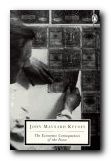
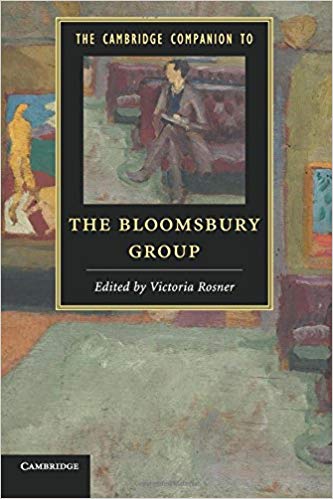
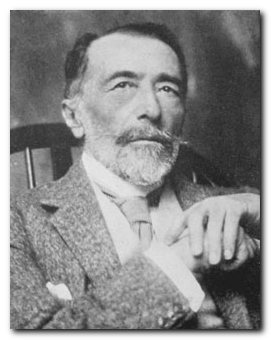 1857. Joseph Conrad (full original name Jozef Teodor Konrad Korzeniowski) born December 3 in Berdichev (or vicinity) to Apollo Nalecz Korzeniowski and Evelina (Ewa) Bobrowska. Poland at that time is under the control of Russia.
1857. Joseph Conrad (full original name Jozef Teodor Konrad Korzeniowski) born December 3 in Berdichev (or vicinity) to Apollo Nalecz Korzeniowski and Evelina (Ewa) Bobrowska. Poland at that time is under the control of Russia.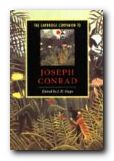 The Cambridge Companion to Joseph Conrad offers a series of essays by leading Conrad scholars aimed at both students and the general reader. There’s a chronology and overview of Conrad’s life, then chapters that explore significant issues in his major writings, and deal in depth with individual works. These are followed by discussions of the special nature of Conrad’s narrative techniques, his complex relationships with late-Victorian imperialism and with literary Modernism, and his influence on other writers and artists. Each essay provides guidance to further reading, and a concluding chapter surveys the body of Conrad criticism.
The Cambridge Companion to Joseph Conrad offers a series of essays by leading Conrad scholars aimed at both students and the general reader. There’s a chronology and overview of Conrad’s life, then chapters that explore significant issues in his major writings, and deal in depth with individual works. These are followed by discussions of the special nature of Conrad’s narrative techniques, his complex relationships with late-Victorian imperialism and with literary Modernism, and his influence on other writers and artists. Each essay provides guidance to further reading, and a concluding chapter surveys the body of Conrad criticism.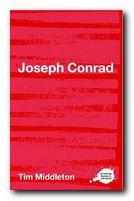 The Complete Critical Guide to Joseph Conrad is a good introduction to Conrad criticism. It includes a potted biography, an outline of the stories and novels, and pointers towards the main critical writings – from the early comments by his contemporaries to critics of the present day. Also includes a thorough bibliography which covers biography, criticism in books and articles, plus pointers towards specialist Conrad journals. These guides are very popular. Recommended.
The Complete Critical Guide to Joseph Conrad is a good introduction to Conrad criticism. It includes a potted biography, an outline of the stories and novels, and pointers towards the main critical writings – from the early comments by his contemporaries to critics of the present day. Also includes a thorough bibliography which covers biography, criticism in books and articles, plus pointers towards specialist Conrad journals. These guides are very popular. Recommended.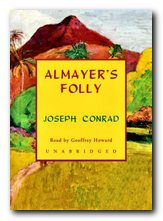 Almayer’s Folly
Almayer’s Folly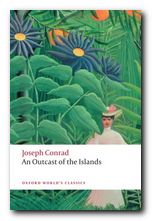 An Outcast of the Islands
An Outcast of the Islands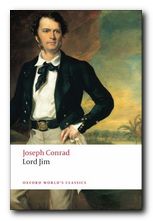 Lord Jim
Lord Jim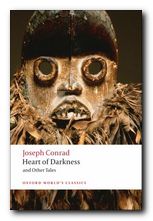 Heart of Darkness
Heart of Darkness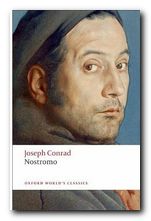 Nostromo
Nostromo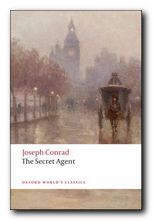 The Secret Agent
The Secret Agent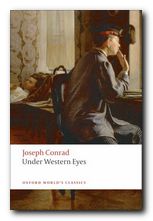 Under Western Eyes
Under Western Eyes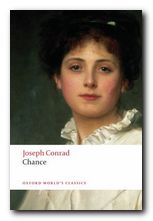 Chance
Chance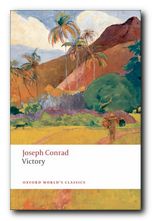 Victory
Victory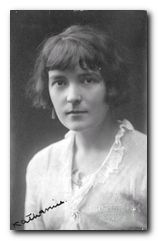 1888. Katherine Mansfield Beauchamp was born into a socially prominent family in Wellington, New Zealand. Her father was a banker, who went on to become chairman of the Bank of New Zealand. She was first cousin of Elizabeth Beauchamp, who married into German aristocracy to become Countess Elizabeth von Arnim. She had a somewhat insecure childhood. Her mother left her when she was only one year old to go on a trip to England. She was raised largely by her grandmother, who features in some of the stories as ‘Mrs Fairfield’.
1888. Katherine Mansfield Beauchamp was born into a socially prominent family in Wellington, New Zealand. Her father was a banker, who went on to become chairman of the Bank of New Zealand. She was first cousin of Elizabeth Beauchamp, who married into German aristocracy to become Countess Elizabeth von Arnim. She had a somewhat insecure childhood. Her mother left her when she was only one year old to go on a trip to England. She was raised largely by her grandmother, who features in some of the stories as ‘Mrs Fairfield’.